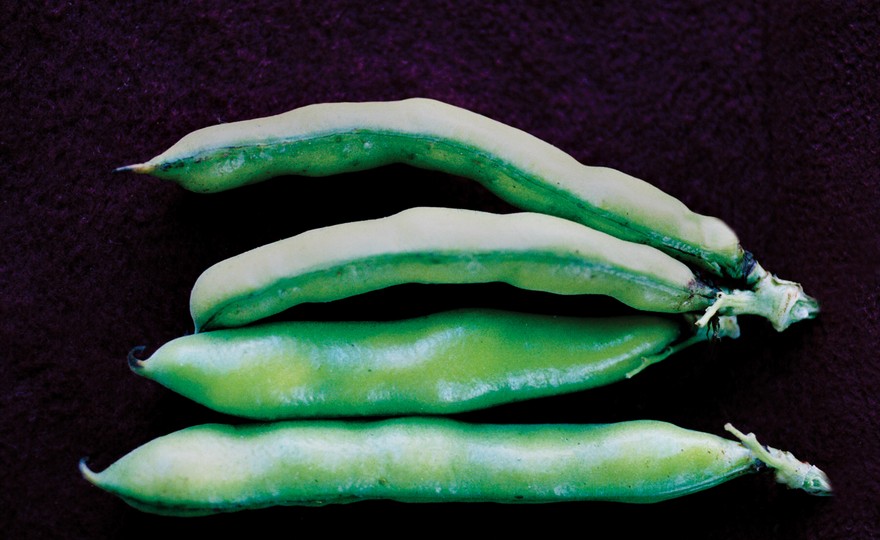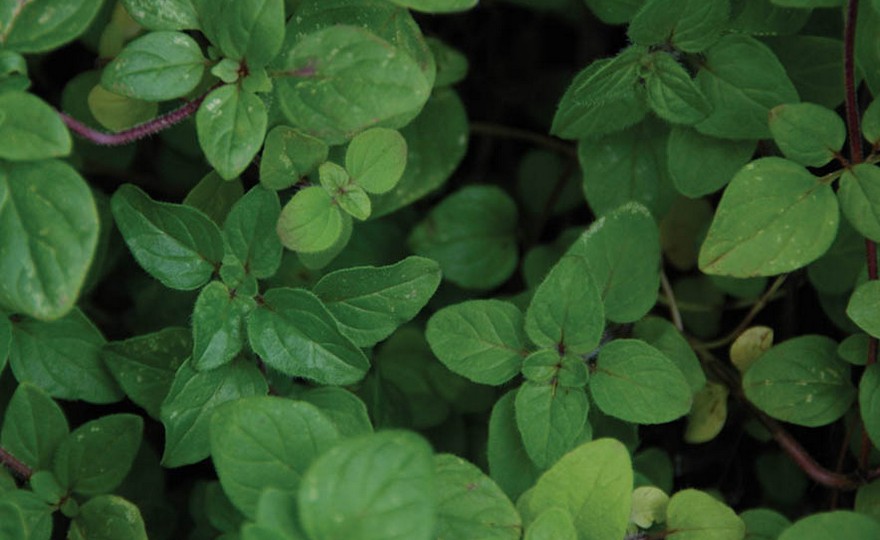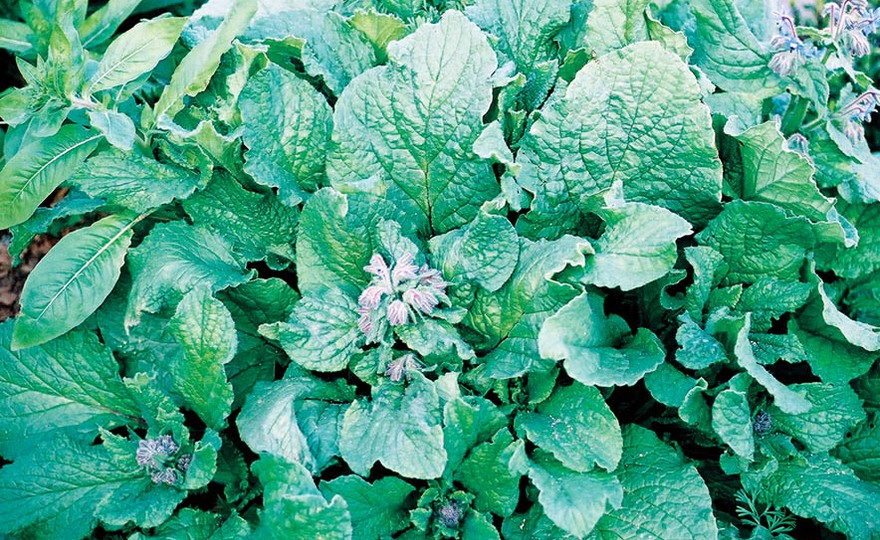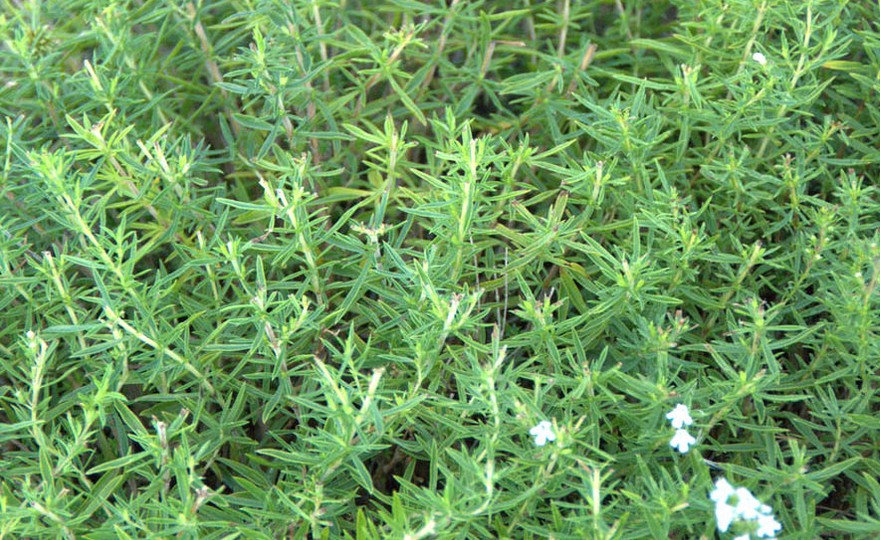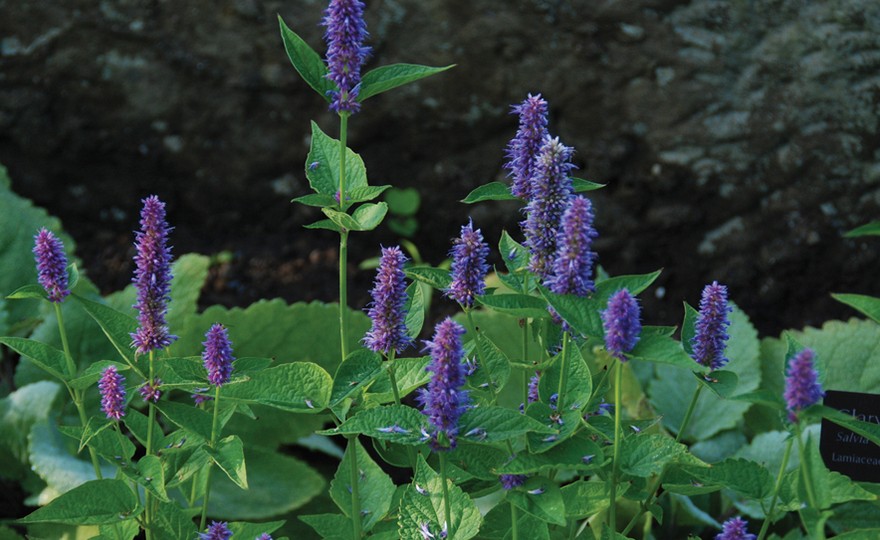
Broad Bean, Fava Broad Windsor
-
- **SOLD OUT** HOLIDAY GIFTS **SOLD OUT**
- **SOLD OUT** Holiday Books **SOLD OUT**
- **SOLD OUT** Holiday Citrus **SOLD OUT**
- **SOLD OUT** Holiday Gift Certificates **SOLD OUT**
- **SOLD OUT** Holiday Paperwhites **SOLD OUT**
- **SOLD OUT** Holiday Praying Mantis Kits **SOLD OUT**
- **SOLD OUT** Holiday Tools **SOLD OUT**
- **SOLD OUT** Holiday Wildflower Mixtures **SOLD OUT**
- Citrus Trees
- **SOLD OUT** - Vegetable and Herb Plants - Mix & Match any 6 Plants for $50 - Only Shipped in Quantities of 6
- Elephant Ear Plants & Roots
- **SOLD OUT** 4-Inch Pot Herb Plants **SOLD OUT**
- Rare Plants
- **SOLD OUT** Vining Plants **SOLD OUT**
- Asian Seeds
- Beneficial Bugs
- Books
- Citrus Fertilizers
- Cold-Treated Bulbs - SEE BULBS FOR FALL PLANTING TO ORDER
- Cold-Treated Allium
- Cold-Treated Chionodoxa
- Cold-Treated Crocus
- Cold-Treated Hyacinthoides
- Cold-Treated Hyacinthus Orientalis
- Cold-Treated Narcissus
- Cold-Treated Cyclamineus Narcissus
- Cold-Treated Double Heirloom Narcissus
- Cold-Treated Jonquilla Narcissus
- Cold-Treated Large Cupped Narcissus
- Cold-Treated Poeticus Narcissus
- Cold-Treated Small Cupped Narcissus
- Cold-Treated Species Miniature Narcissus
- Cold-Treated Split Cupped Narcissus
- Cold-Treated Tazetta Narcissus
- Cold-Treated Triandus Narcissus
- Cold-Treated Trumpet Daffodils
- Cold-Treated Ornithogalum
- Cold-Treated Rock Garden Iris
- Cold-Treated Scilla
- Cold-Treated Tulips
- Cold-Treated Emperor Tulips
- Cold-Treated Fringed Tulips
- Cold-Treated Green or Viridiflora Tulips
- Cold-Treated Lily Flowering Tulips
- Cold-Treated Parrot Tulips
- Cold-Treated Peony Flowering Tulips
- Cold-Treated Single Early Tulips
- Cold-Treated Single Late Tulips
- Cold-Treated Species Tulips
- Cold-Treated Triumph Tulips
- Flower Bulbs, Corms and Tubers
- Bulbs for Spring Planting
- Bulbs for Fall Planting - ALL BULBS AVAILABLE ARE COLD TREATED FOR PLANTING AS SOON AS SOIL CAN BE WORKED
- Fall Blooming Bulbs
- Garden Tools & Equipment
- Gift Certificates
- HHH Exclusive Wildflower Mixtures
- Wildflower Mixtures
- Heirloom Garlic
- Potatoes
- Roots & Sets
- Seeds
- Flowers
- Herbs
- Vegetables
- **SOLD OUT** HOLIDAY GIFTS **SOLD OUT**
-
- No products to compare
-
72 in stock
Quick Overview
BROAD BEAN, Fava Broad Windsor – Vicia faba
FULL SUN Native to Africa and the MiddleEast, favas are one of mankind’s oldest cultivated plants. Evidence has been found of favas in Bronze Age archaeological deposits in Switzerland. Prior to Columbus’s voyages to America, favas were the only beans known in Europe. Favas will grow in cold climates where other beans flounder. They are nutritious with a good nutty flavor. Broad Windsor is a very, very old variety grown in the US since the 1600s. Large pods contain 4-7 very large beans. Plants can reach a height of 48 in.
In Northern climates plant in early spring. Favas can tolerate some frost and are sensitive to heat which discourages pod-setting. Plant early enough so that flowering occurs before daytime temps exceed 70 degrees. In coastal or mild climates, plant in October-December. If planting in rows, keep rows 3-4 ft. apart. To encourage pod-setting, pinch back the tops of plants after 4-5 flower clusters have appeared.
When seedlings are 2 in. high, thin, leaving 4 – 6 in. between plants. Beans prefer a light, loamy soil that has been lightly fertilized.
| Type | Spacing | Planting Depth | Days to Germination | Maturity |
| Bush, snap | 4-6 in. | 1 1/2 in. | 7-10 | 75 |

Broad Bean, Fava Broad Windsor
Bean cultivation can be traced to the earliest vestiges of human civilization. Beans may have been the first vegetables that mankind learned to cultivate. Fava beans have been found in Neolithic excavations in Switzerland. Chickpeas, favas and lentils have been found in Egyptian tombs, and the Chinese started growing soybeans around 1500 BC. However, many of the beans that we are familiar with today, like the common or kidney, lima and runner bean came from the Americas and were not introduced into Europe until the time of Christopher Columbus. The oldest archaeological evidence of common beans in the New World comes from Tehuacan, Mexico and has been radiocarbon dated to 7000 BC.
Fava beans are also known as broad beans. Before the introduction of the snap beans into Europe, the fava was the most widely consumed European bean. Favas are a very ancient variety eaten as far back as the Stone Age. The beans were first cultivated around 4800 BC near Sicily, Italy. The famous Roman family of Fabius derived their name from faba which is Latin for fava. The fava bean lost favor in Europe after the introduction of the snap beans because the fava bean has a leathery skin which must be removed before eating. Fava beans are one of the few beans that can be eaten fresh as well as dried and can be ground into a meal similar to cornmeal for making bread. Unlike most other beans favas will tolerate some frost and prefer cool, rainy weather. Fava beans are huge, about the size of quarters, and range in color from pale green and gold to deep purple. Favas grow on bushes which reach up to 4 feet in height.

